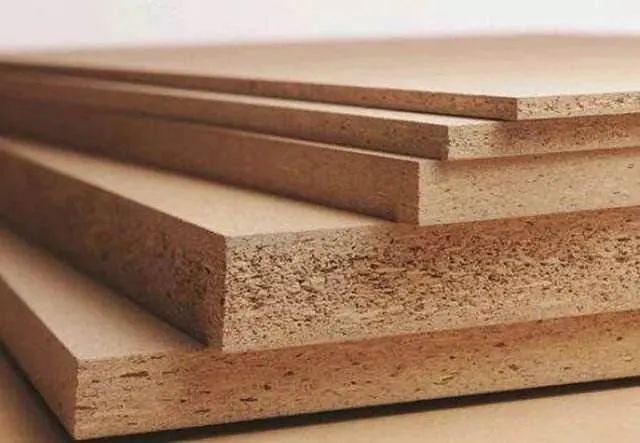First of all, we must confirm what is an environmental protection board. There is absolutely no formaldehyde-free board. This must first be clear. Even pure solid wood boards will release an aldehyde called furfural.
At present, according to the current national and international standards, if MDF is to be directly applied indoors, it must reach at least E1 level, that is, 1.5mg/L. If it does not meet this standard, it must undergo certain deep processing (edge sealing, pasting surface, etc.), so that the finished product can finally reach the E1 level, so this standard is a mandatory standard and a minimum standard.
With the improvement of production technology, more international standards that are more environmentally friendly than E1 grade have been introduced by the MDF industry itself (however, the highest national standard is still only E1 grade). These international standards mainly include E0 grade, CarbP2 grade, F four-star Among them, the more common ones are E0 grade (0.5mg/L formaldehyde emission, which is lower than the formaldehyde content of water, and 0.9mg/L formaldehyde emission in water) and CARBP2 grade. E0 grade and CARB P2 grade use different measurement methods, so the values are different, but it can be considered that the two grades are the same. Countries cannot issue such certificates, because these are international standards. China currently only has E1 standards, and there are no other standards. However, there are still authoritative international testing agencies, such as SGS, TUV, etc., that can issue CARBP2 certificates.
Therefore, depending on the environmental protection level of MDF, it is the formaldehyde emission level of MDF: E0 level is better than E1 level, CarbP2 level is basically the same as E0 level, and F4 star level is better than E0 level.
When purchasing MDF or furniture made of MDF, you can choose panels or panel products that correspond to the environmental protection level (formaldehyde emission level) according to your actual situation. Dealers can be asked to provide corresponding certificates. If it is E1 level, then the national test report is required. If it is CABRP2 level, it is necessary to provide certification certificates from international institutions, SGS, TUV, etc. At the same time, generally speaking, the side of the board will have the manufacturer’s code, and the formaldehyde emission level will also be indicated.

